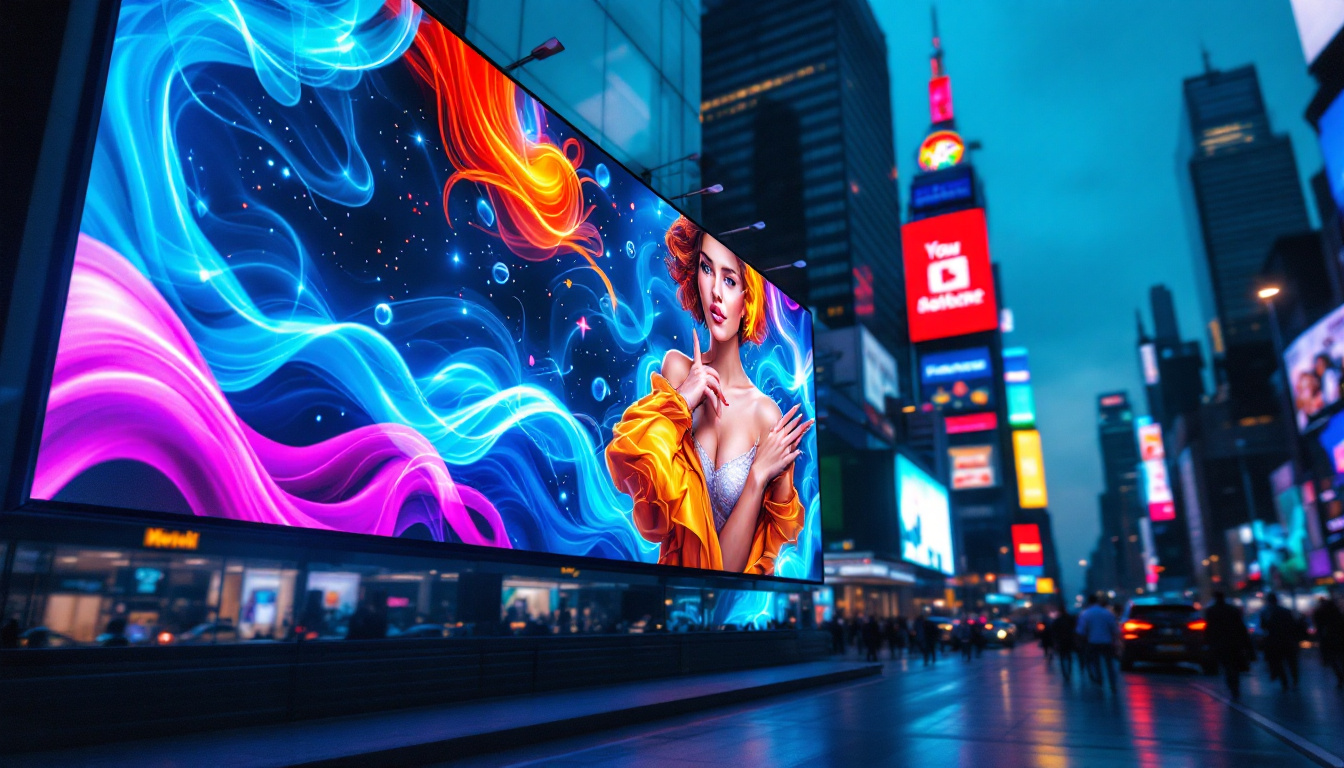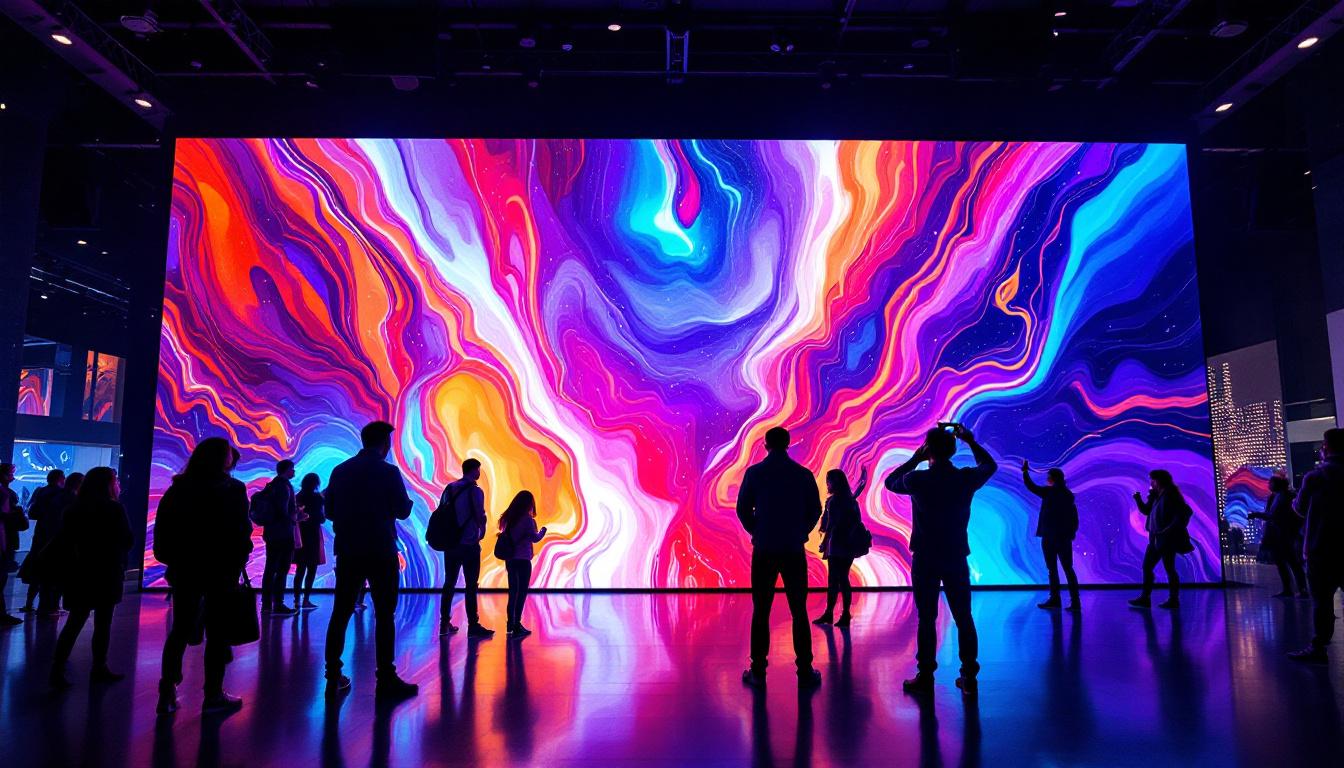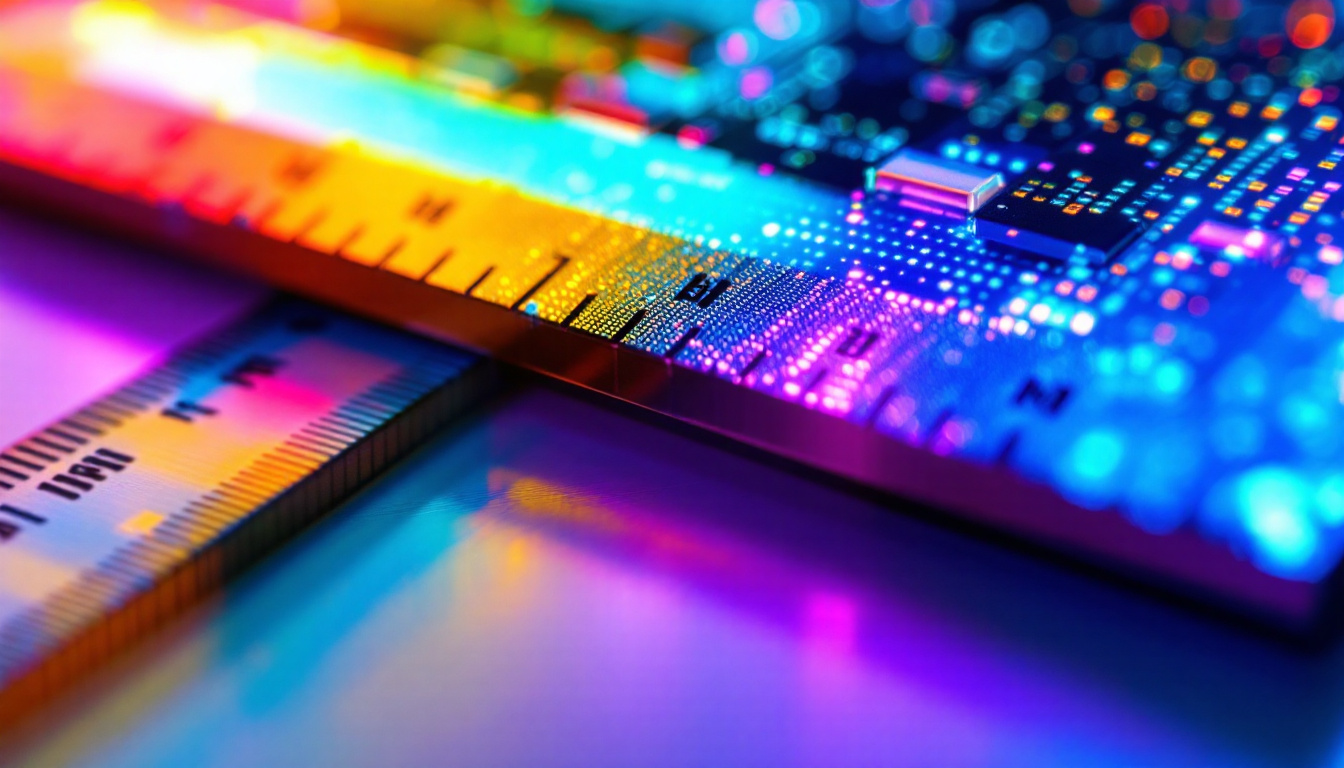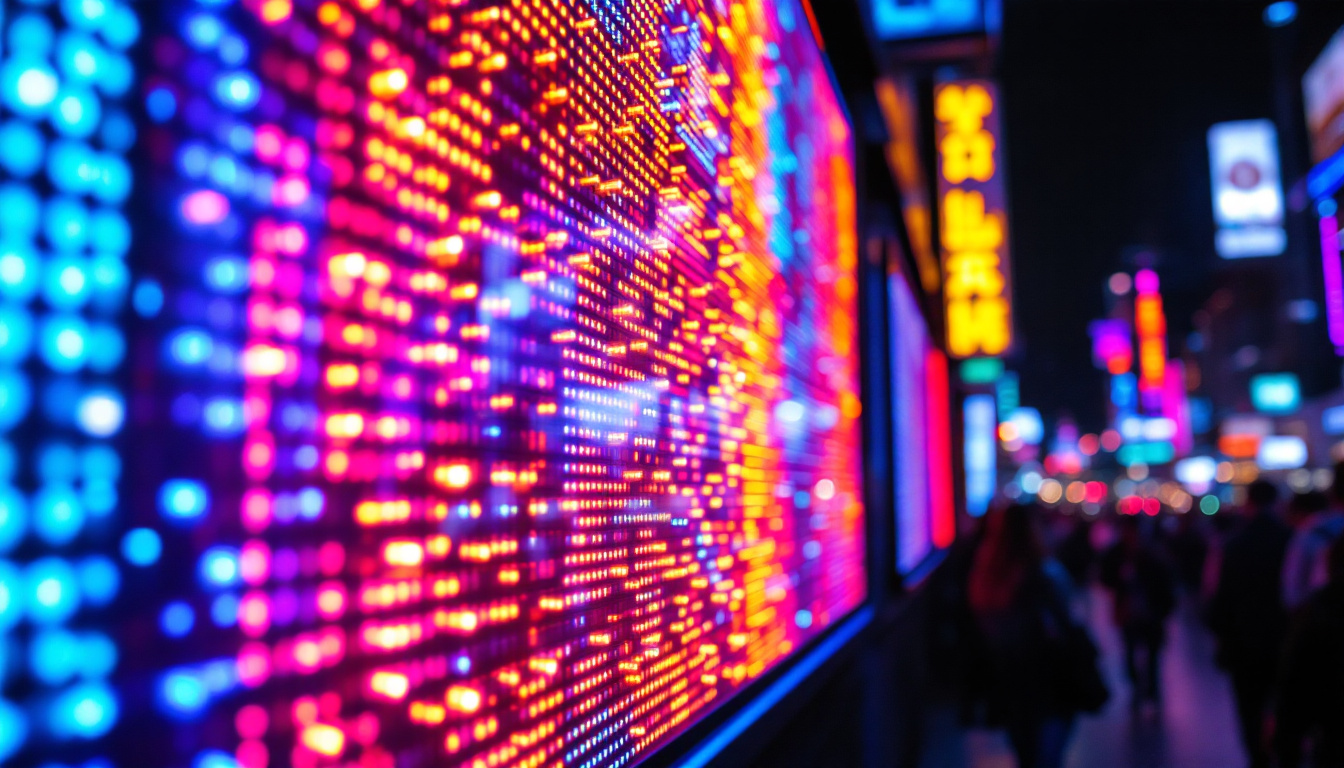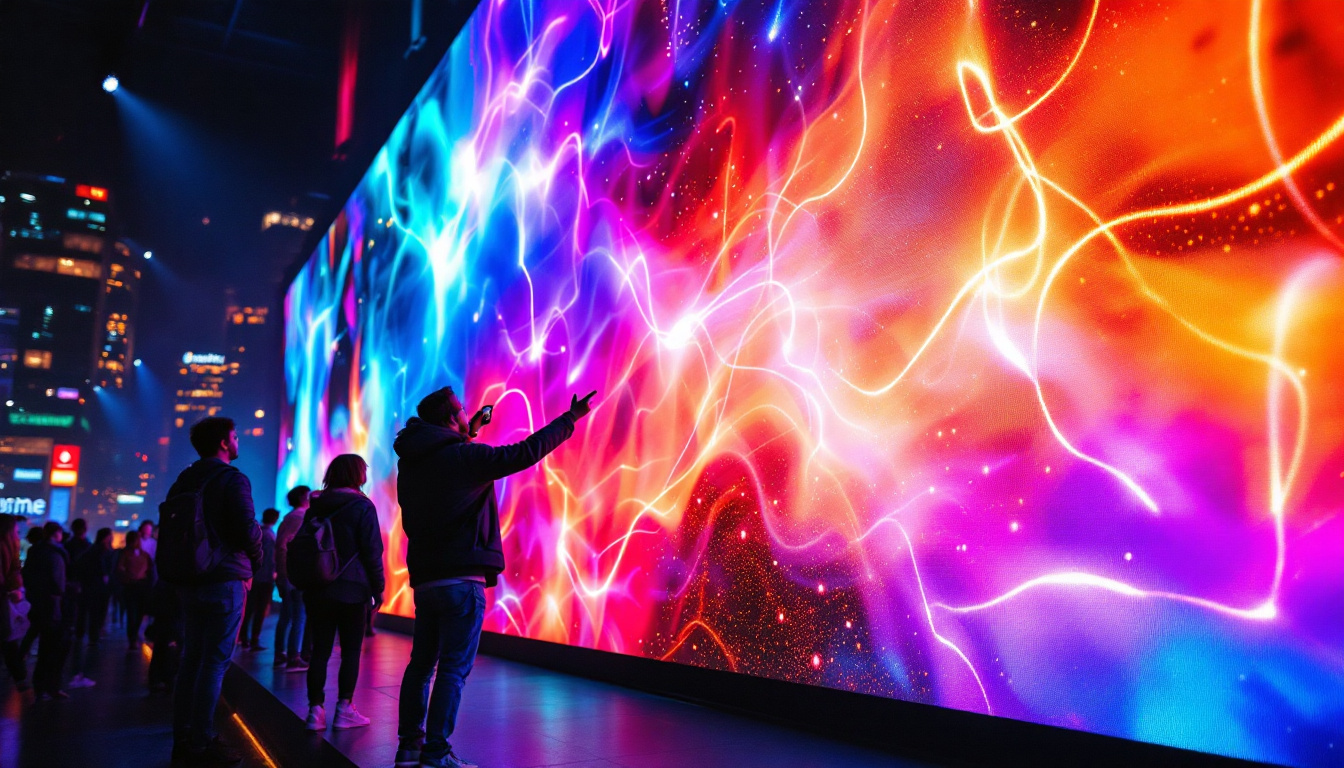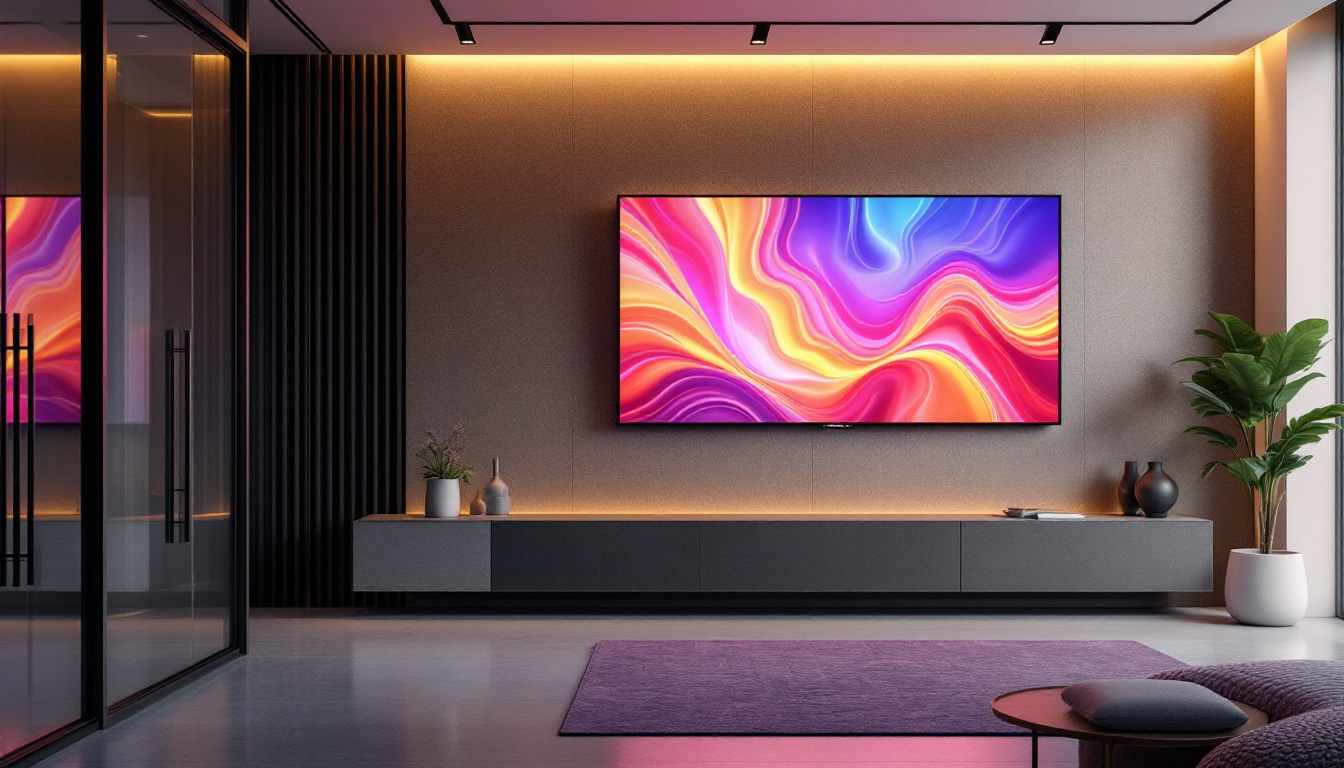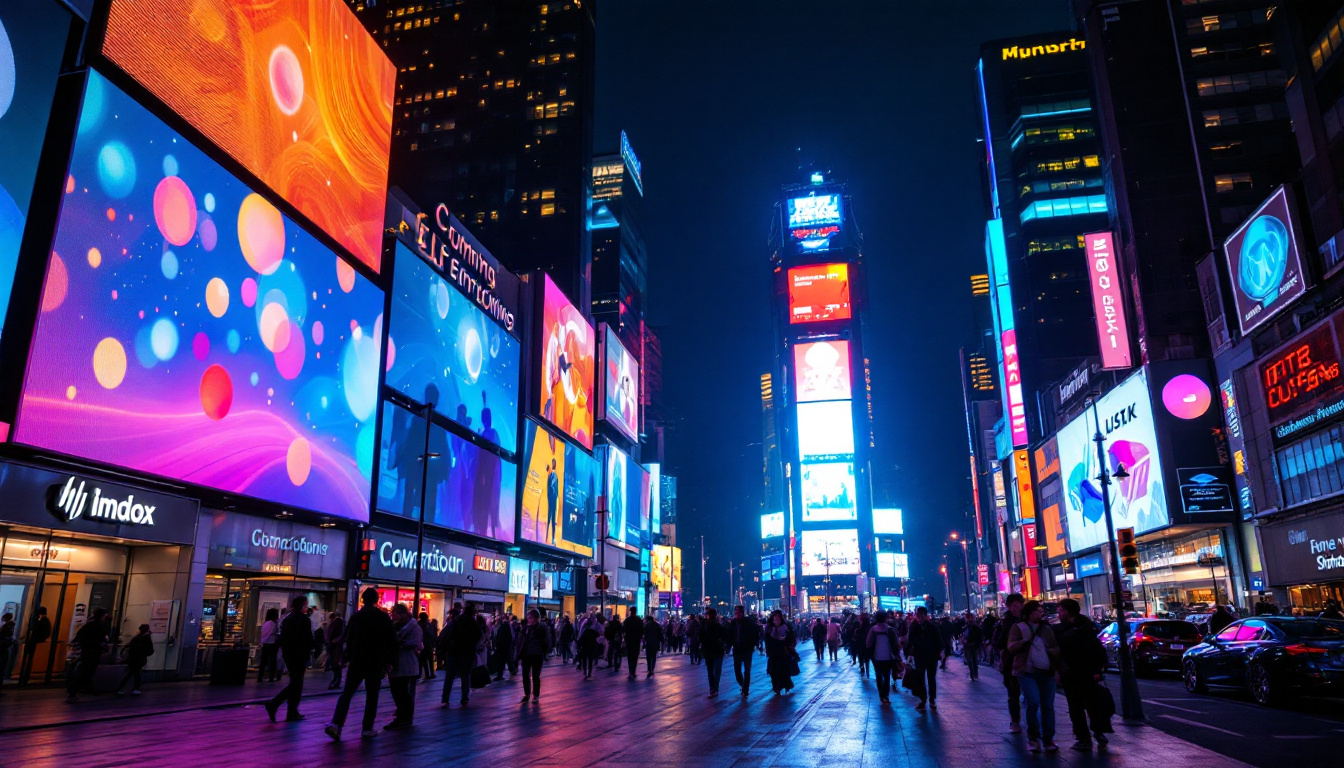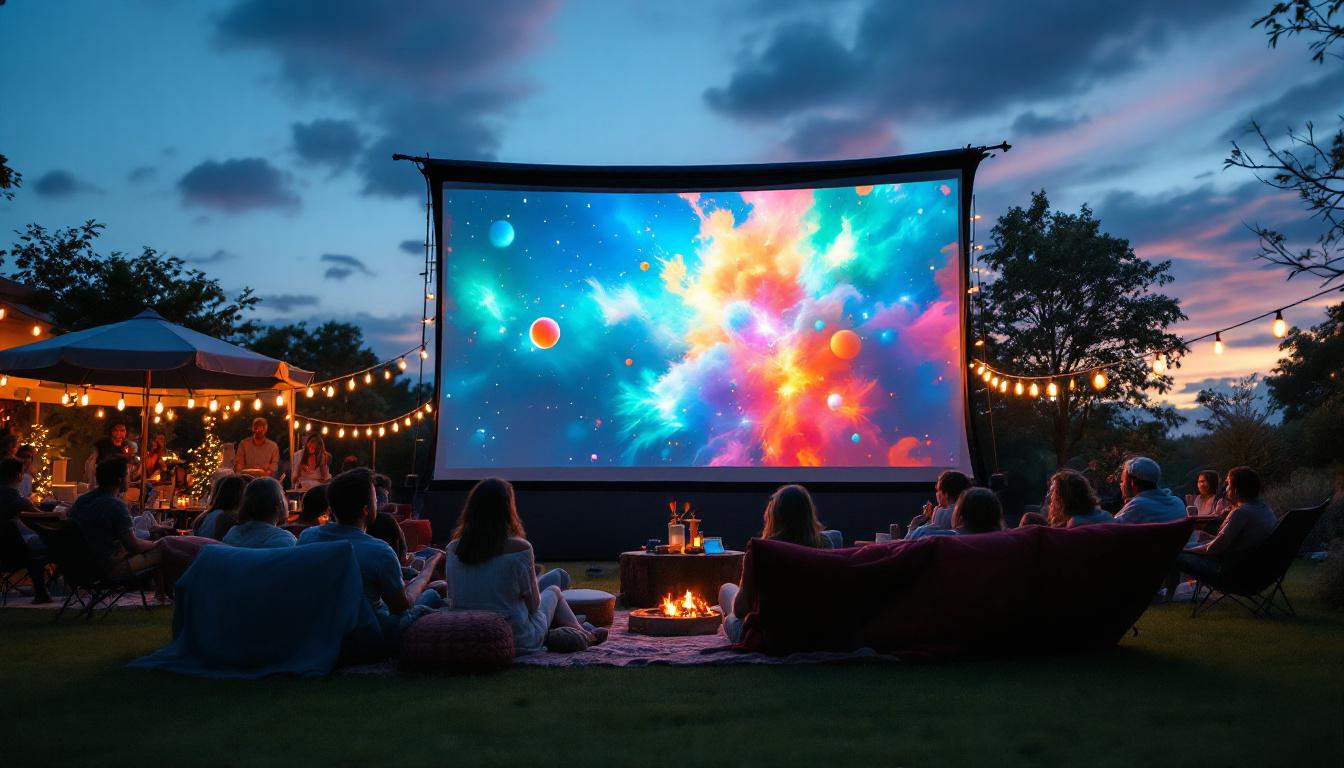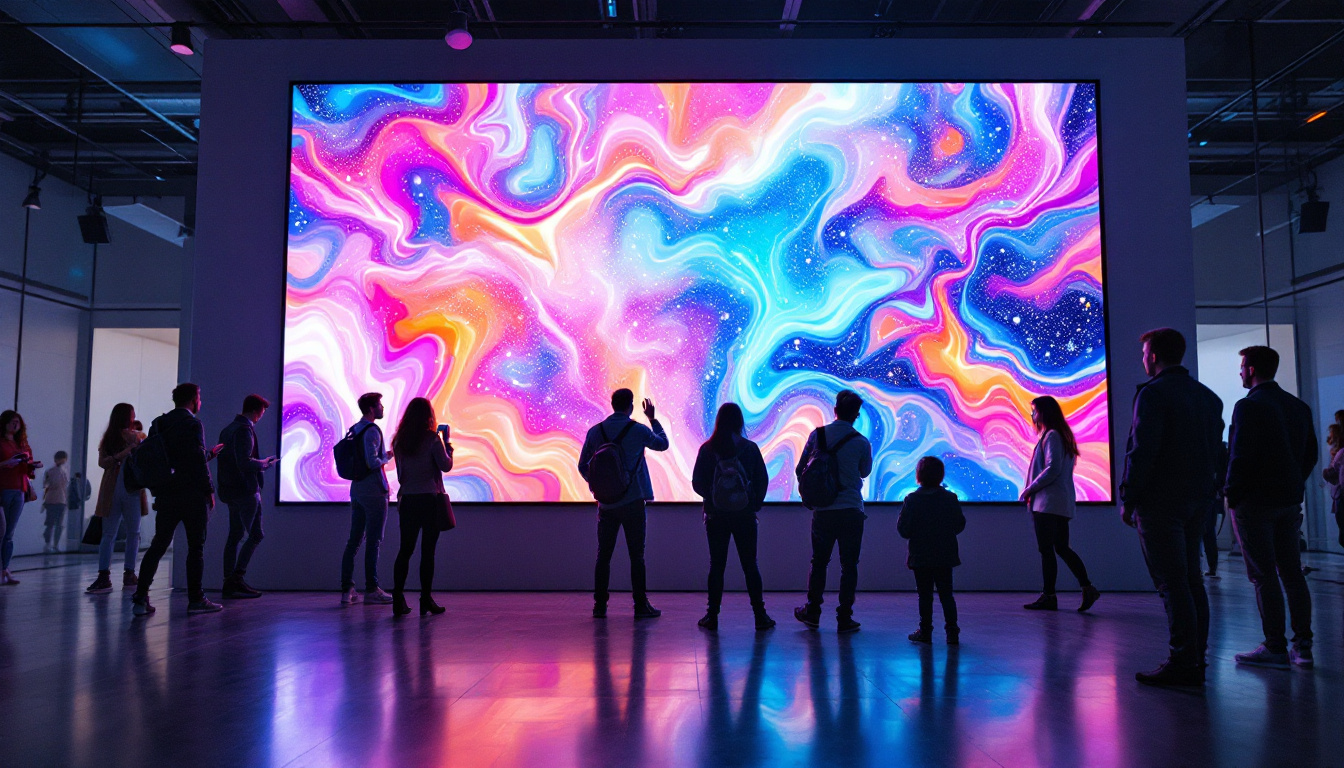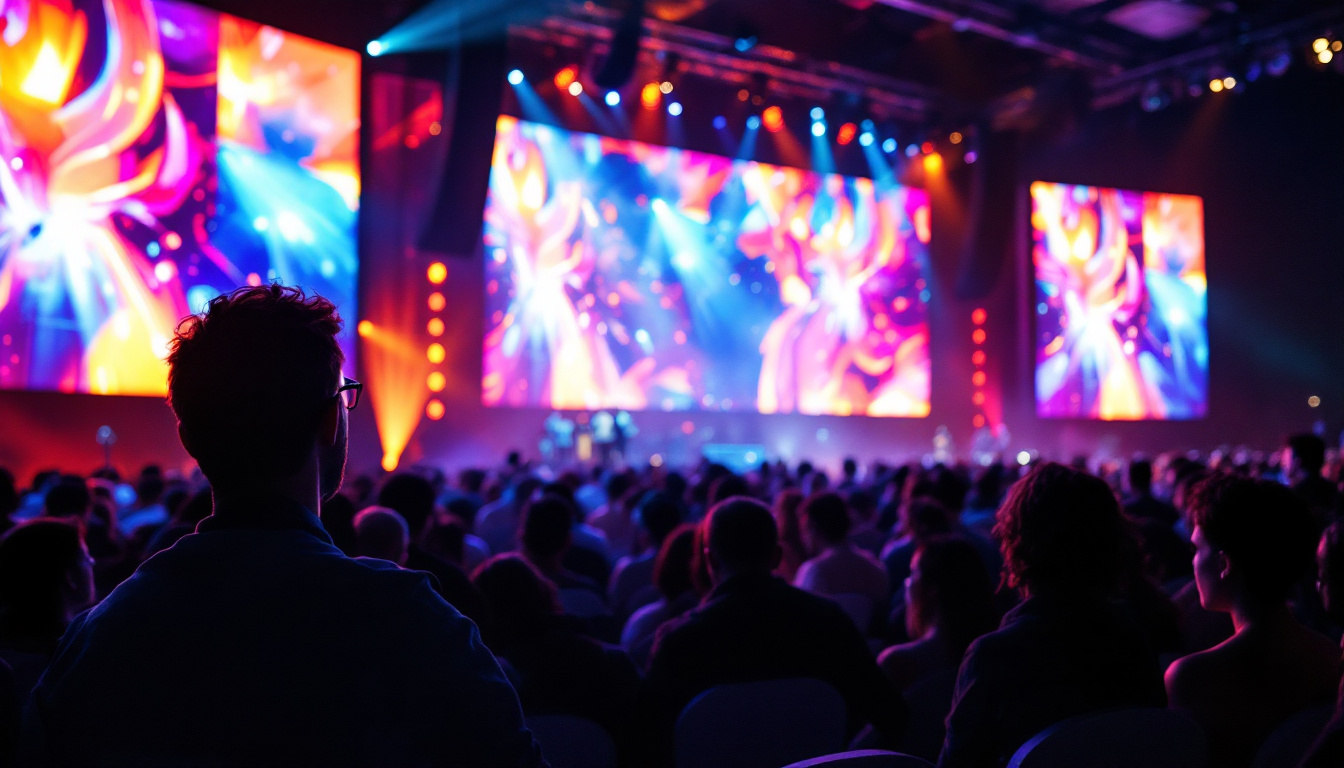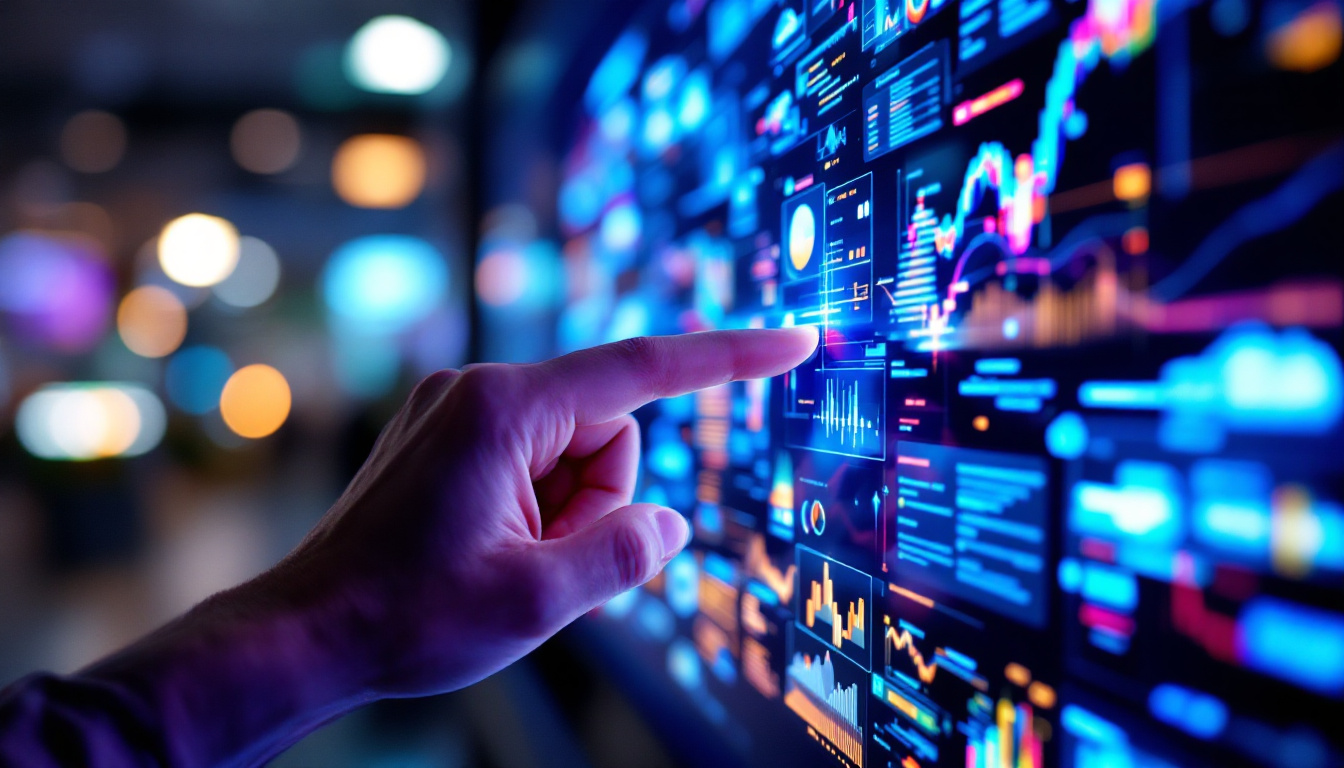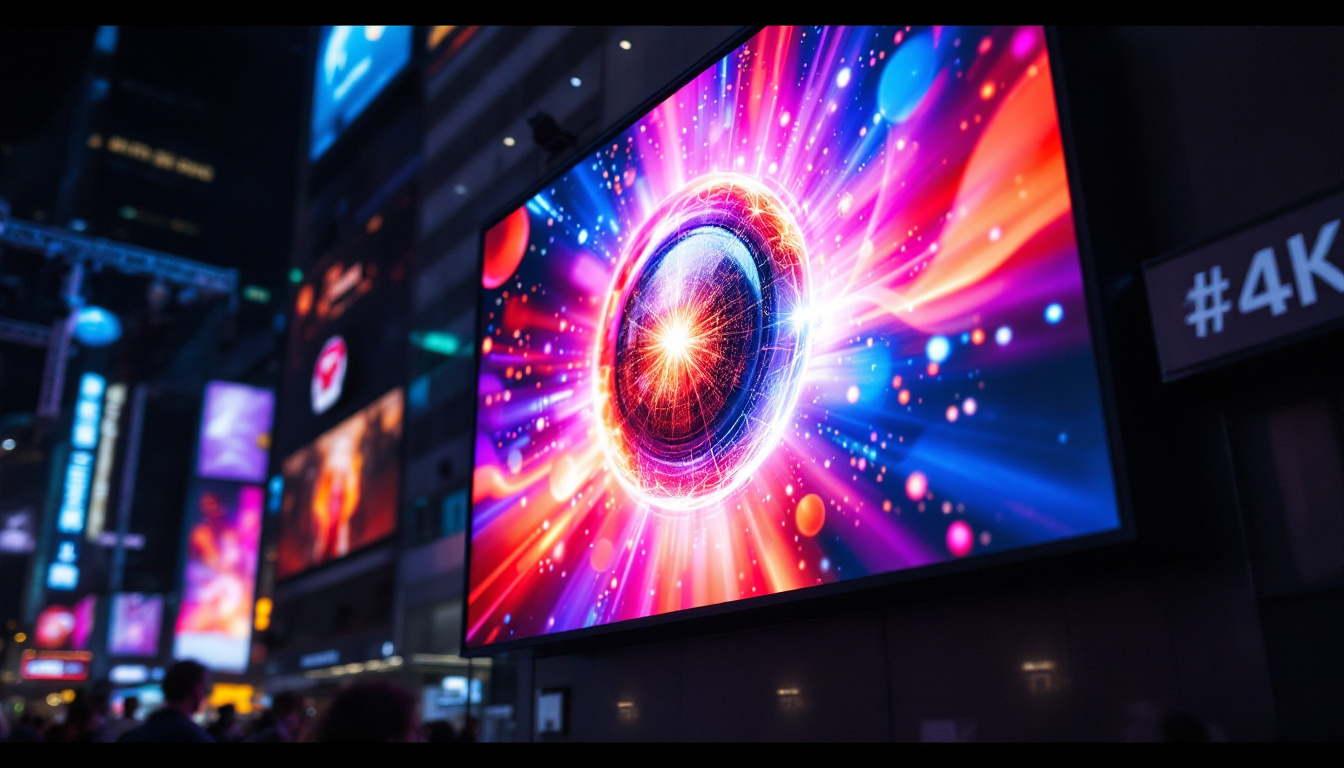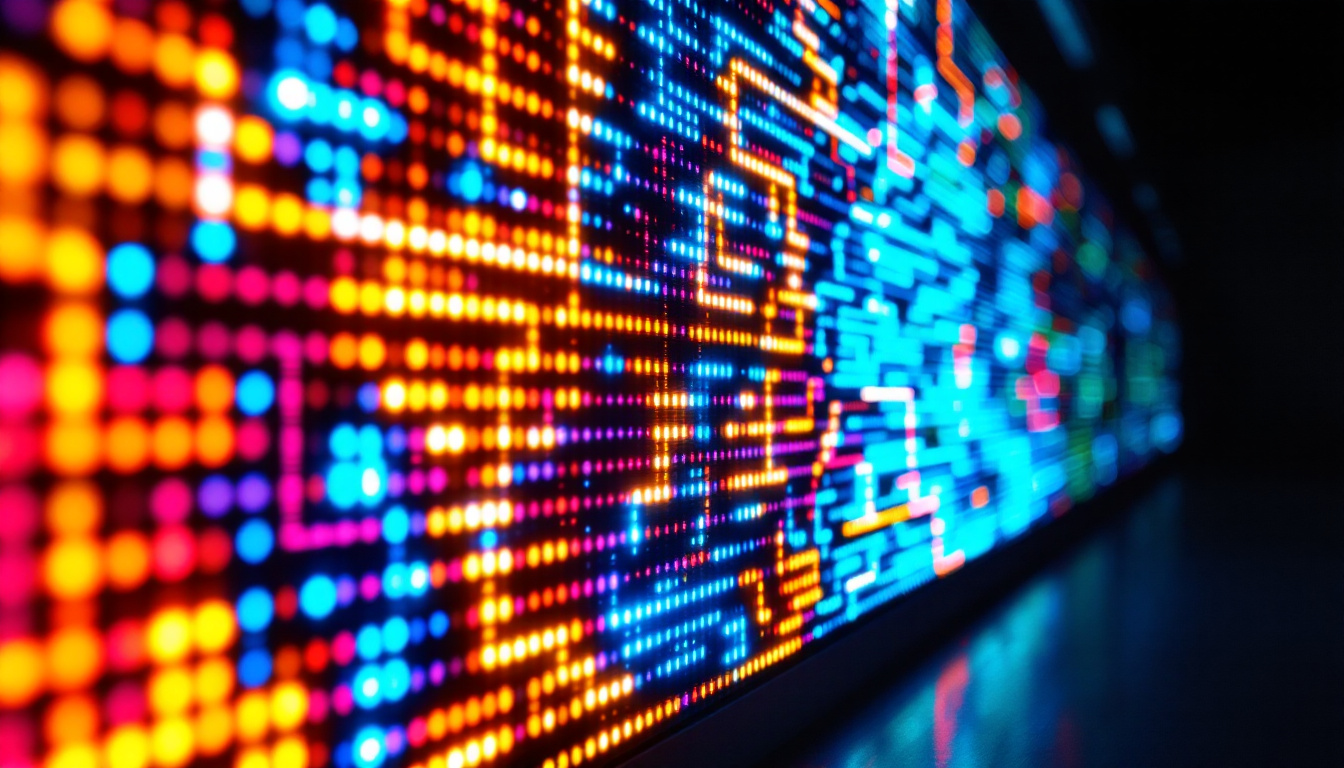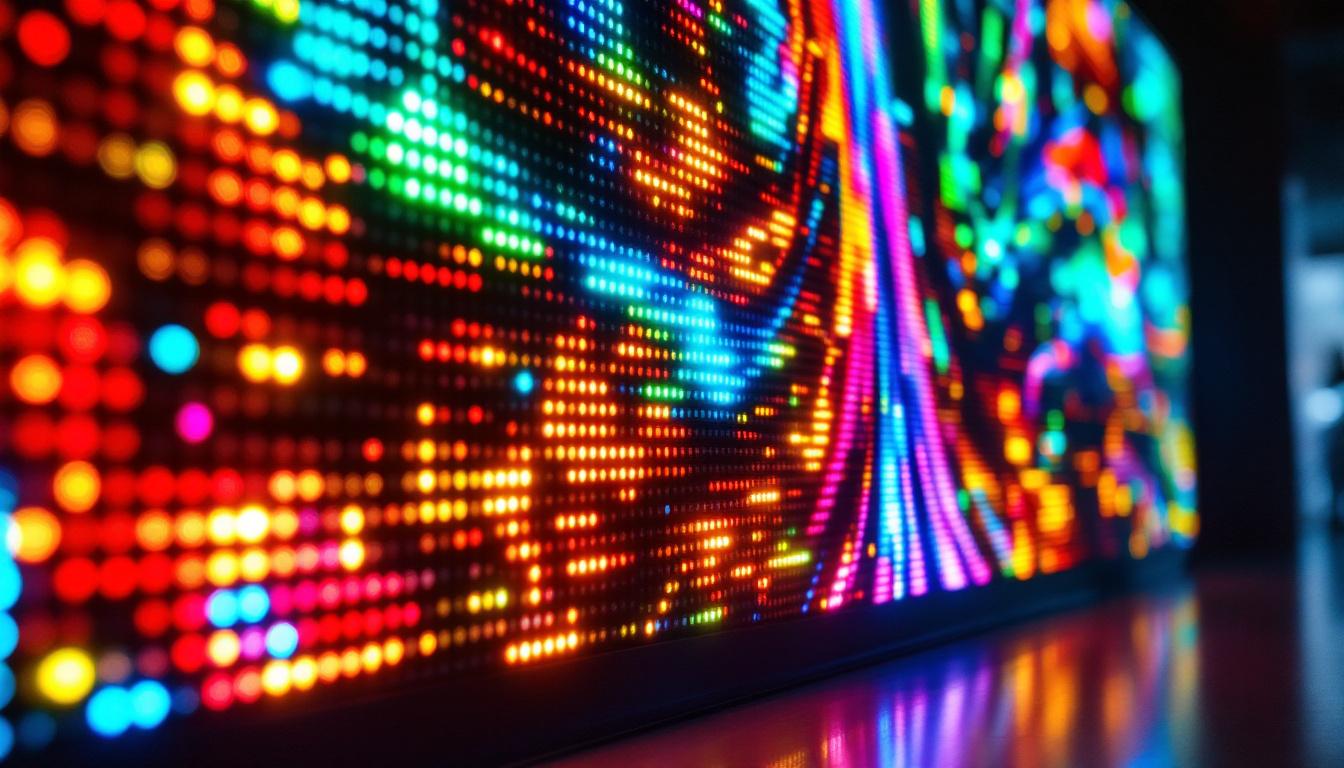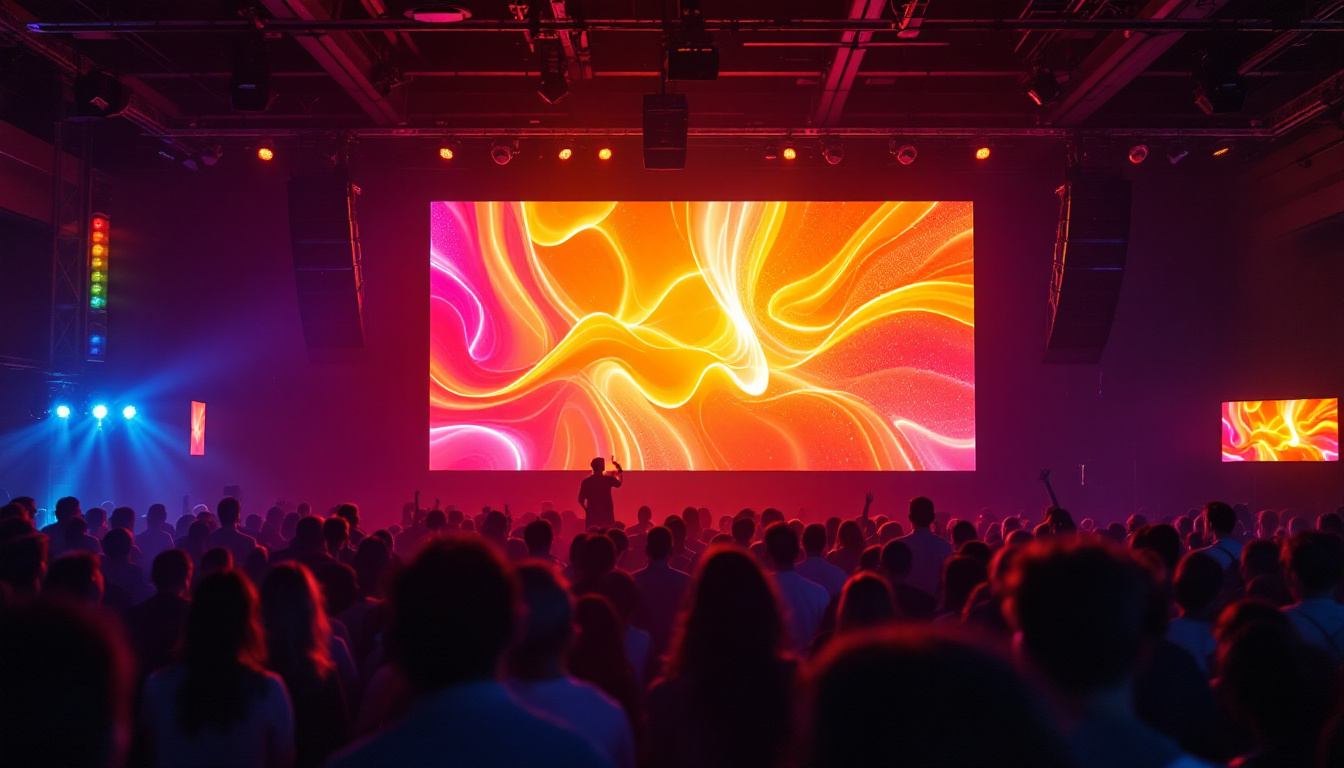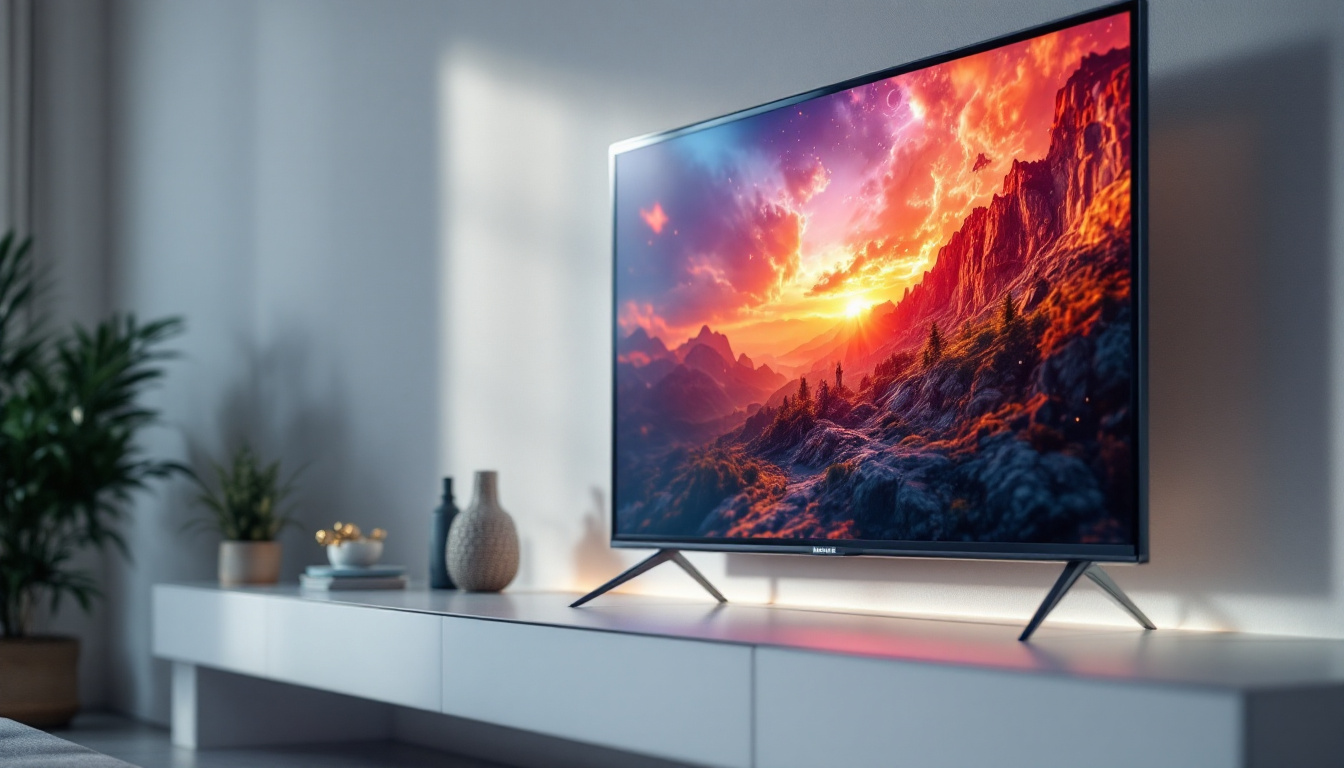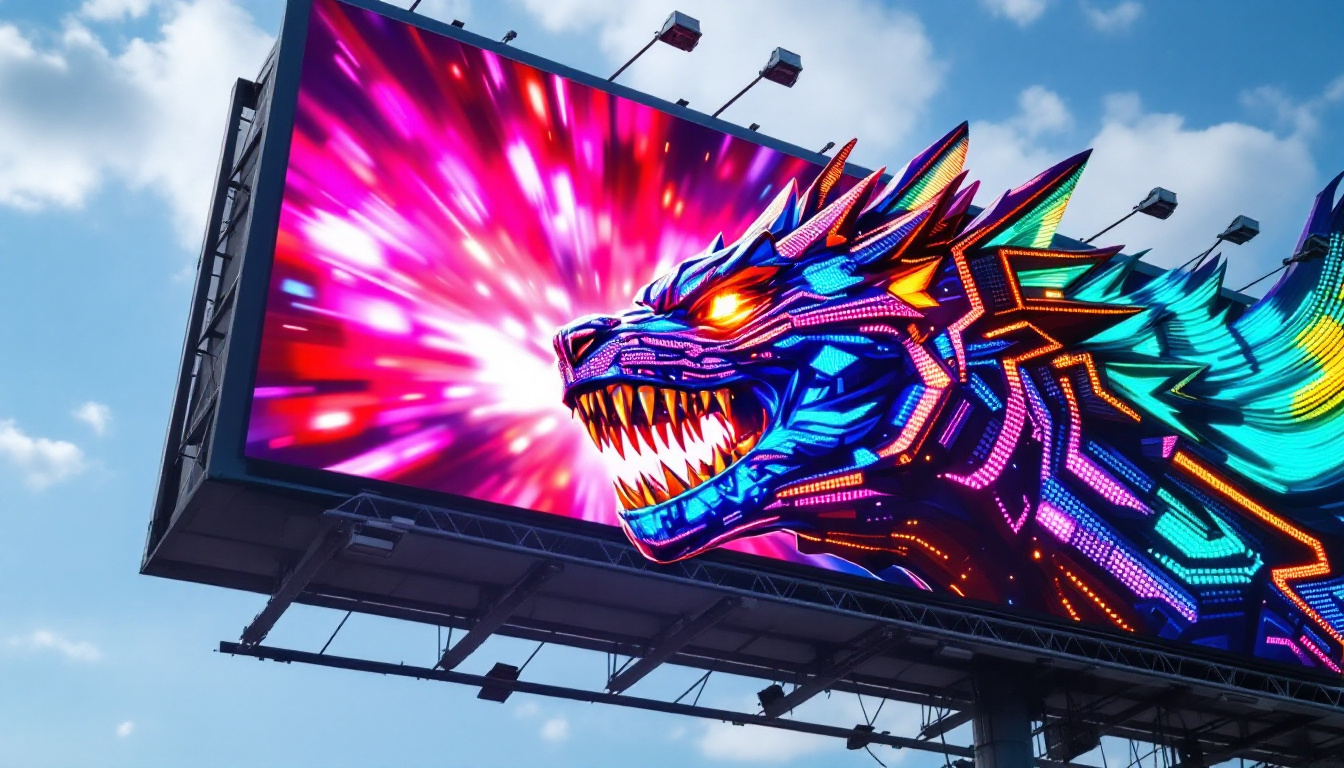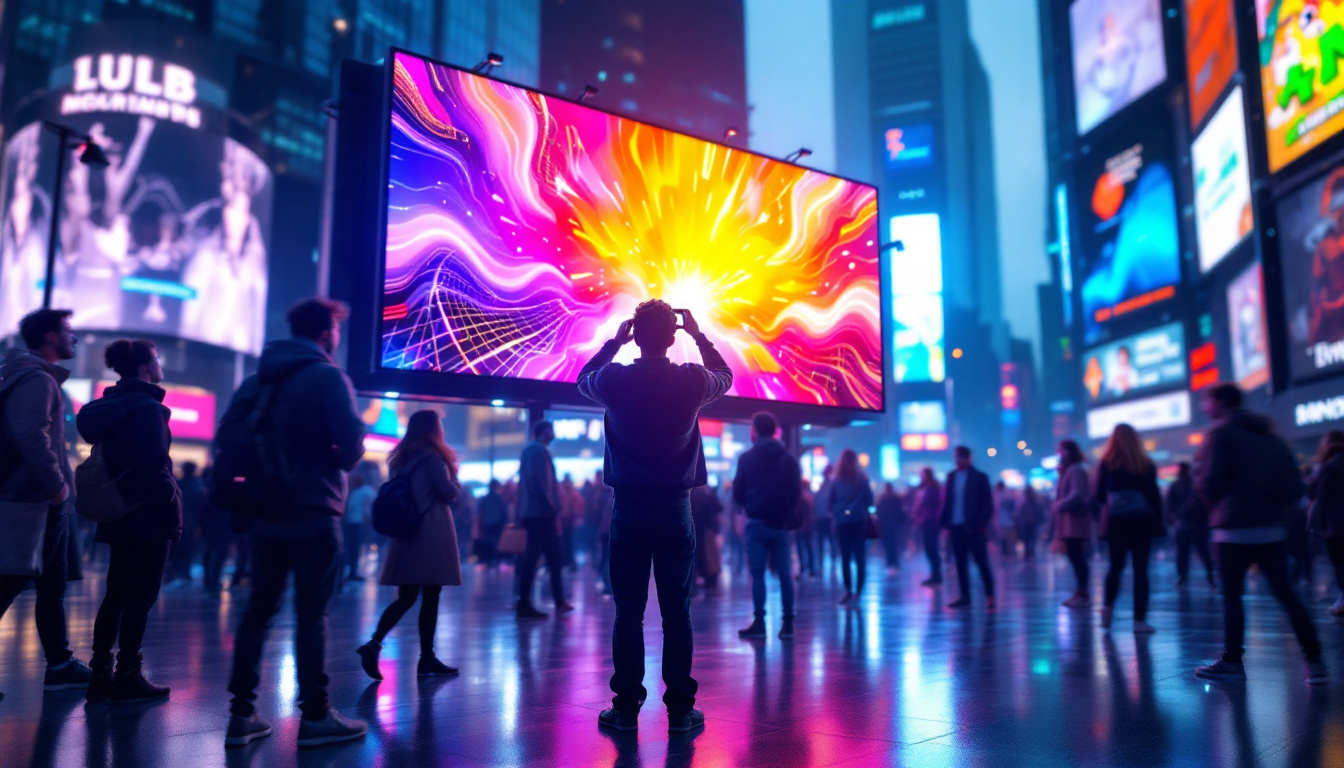In the rapidly evolving world of advertising, LED digital screens have emerged as a powerful medium for brands to connect with their audience. These vibrant displays not only capture attention but also convey messages in an engaging and dynamic manner. This article delves into the intricacies of LED display technology, its advantages, applications, and the future of digital screen advertising.
Understanding LED Display Technology
LED, or Light Emitting Diode, technology has revolutionized the way visual content is presented. Unlike traditional advertising methods, LED displays utilize tiny diodes that emit light when an electric current passes through them. This technology allows for bright, colorful images that can be seen clearly even in direct sunlight. The energy efficiency of LED technology also contributes to its popularity, as it consumes significantly less power compared to older display technologies, making it a more sustainable choice for both businesses and the environment.
How LED Displays Work
At the core of LED displays are clusters of diodes that work together to create images and videos. Each diode can emit red, green, or blue light, and by adjusting the intensity of these colors, a full spectrum of colors can be achieved. This RGB (red, green, blue) model is fundamental in creating the vivid visuals that LED screens are known for. The precision in color mixing allows for a dynamic range of hues and shades, which enhances the viewer’s experience and engagement with the content being displayed.
The displays are often constructed in panels, which can be assembled to form larger screens. This modularity allows for flexibility in size and shape, making it possible to create customized displays that fit various advertising needs. Additionally, advancements in technology have led to the development of high-definition and ultra-high-definition LED displays, which provide even sharper images and more intricate details, further elevating the quality of visual presentations.
Types of LED Displays
There are several types of LED displays, each serving different purposes. The most common types include:
- Indoor LED Displays: These are typically used in shopping malls, airports, and conference centers. They are designed for close viewing and offer high resolution for detailed images. Their ability to display high-quality video content makes them ideal for events and presentations where clarity is crucial.
- Outdoor LED Displays: Built to withstand weather conditions, outdoor displays are larger and brighter to ensure visibility from a distance. They are often used for billboards and event promotions. With advancements in technology, many outdoor displays now come equipped with features like automatic brightness adjustment, ensuring optimal visibility regardless of the time of day or weather conditions.
- Transparent LED Displays: These innovative screens allow for visibility through the display itself, making them ideal for retail environments where maintaining a view of the products behind the screen is essential. This type of display not only enhances the aesthetic appeal of a space but also creates interactive opportunities for engaging customers in a unique way.
Moreover, there are also specialized LED displays such as flexible LED screens, which can be bent and shaped to fit unconventional spaces, and interactive LED displays that incorporate touch technology, allowing users to engage directly with the content. These advancements are pushing the boundaries of how LED technology can be utilized, opening up new avenues for creativity in advertising and information dissemination.
The Advantages of LED Digital Screen Advertising
LED digital screen advertising offers numerous advantages over traditional advertising methods. These benefits contribute to the growing popularity of LED displays in marketing strategies across various industries.
High Visibility and Impact
One of the most significant advantages of LED displays is their ability to attract attention. The brightness and color vibrancy of LED screens make them stand out in crowded environments. Whether in a bustling city center or a busy shopping mall, these displays can effectively capture the interest of passersby.
Moreover, the dynamic nature of LED content allows for motion graphics and videos, which can convey messages more effectively than static images. This capability not only enhances viewer engagement but also improves message retention. Studies have shown that moving visuals can increase recall rates significantly, making LED advertising a powerful tool for brand awareness and customer engagement.
In addition to their visual appeal, LED screens can also be strategically placed to maximize visibility. For instance, positioning them at eye level or in high-traffic areas can further enhance their impact. This strategic placement, combined with the captivating content, ensures that brands can effectively reach their target audience, making every impression count.
Cost-Effectiveness and Flexibility
While the initial investment in LED technology may be higher than traditional advertising methods, the long-term cost-effectiveness cannot be overlooked. LED displays have a longer lifespan and lower maintenance costs compared to other forms of advertising, such as printed billboards.
Additionally, the flexibility of digital content allows advertisers to change their messages quickly and easily. This adaptability enables brands to respond to current events or promotions in real-time, ensuring that their advertising remains relevant and timely. For example, a restaurant can update its menu specials daily, or a retail store can promote flash sales as they happen, keeping customers informed and engaged.
Furthermore, LED screens can support various content types, from simple text to complex animations, allowing brands to experiment with different advertising formats. This versatility not only keeps the content fresh and engaging but also enables businesses to test and optimize their messaging strategies based on audience reactions and preferences. As a result, companies can make data-driven decisions that enhance their advertising effectiveness and return on investment.
Applications of LED Digital Screen Advertising
The versatility of LED displays means they can be used in a wide range of applications. From retail environments to large-scale events, the potential uses are virtually limitless.
Retail and Shopping Centers
In retail, LED displays serve as powerful tools for attracting customers and promoting products. Stores often use these screens to showcase special offers, new arrivals, or brand stories. The dynamic nature of LED content can create an immersive shopping experience, encouraging customers to engage with the brand.
Shopping centers frequently utilize large LED displays in common areas to promote sales and events, drawing foot traffic to specific stores. The ability to change content frequently allows for ongoing promotions without the need for physical signage updates.
Events and Entertainment
LED displays are a staple at events such as concerts, sports games, and festivals. They provide essential information to attendees, such as schedules, directions, and safety announcements, while also enhancing the overall experience with vibrant visuals and live feeds.
In the entertainment industry, LED screens are used to create stunning backdrops and visual effects, elevating performances and engaging audiences. The integration of LED technology in stage design has transformed how events are experienced, making them more memorable.
The Future of LED Digital Screen Advertising
As technology continues to advance, the future of LED digital screen advertising looks promising. Innovations in display technology, content delivery, and interactivity are set to redefine how brands connect with consumers.
Integration with Smart Technology
The rise of smart technology is paving the way for more personalized advertising experiences. With the integration of data analytics and artificial intelligence, LED displays can deliver tailored content based on audience demographics, preferences, and behaviors.
This level of personalization can significantly enhance the effectiveness of advertising campaigns, as brands can target specific audiences with relevant messages. For instance, a retail store could display promotions for women’s clothing when a female audience is present, maximizing engagement and conversion rates.
Sustainability and Energy Efficiency
As environmental concerns continue to grow, the demand for sustainable advertising solutions is increasing. LED technology is inherently more energy-efficient than traditional lighting methods, reducing the carbon footprint of advertising displays.
Future developments may focus on enhancing the sustainability of LED displays further, such as using recyclable materials or improving energy consumption. Brands that prioritize sustainability in their advertising strategies will likely resonate more with eco-conscious consumers.
Challenges in LED Digital Screen Advertising
Despite the numerous advantages, LED digital screen advertising does face some challenges that brands must navigate to maximize their effectiveness.
High Initial Costs
The initial investment required for LED displays can be a barrier for some businesses, particularly small enterprises. While the long-term savings are significant, the upfront costs may deter companies from adopting this technology.
However, as technology advances and production costs decrease, it is expected that LED displays will become more accessible to a broader range of businesses, allowing for widespread adoption.
Content Management and Maintenance
Managing content on LED displays can be complex, especially for businesses with multiple locations or rapidly changing promotions. Effective content management systems are essential to ensure that displays are updated regularly and that content remains relevant.
Additionally, while LED displays are generally low maintenance, they do require periodic checks and servicing to ensure optimal performance. Businesses must factor in these maintenance needs when planning their advertising strategies.
Conclusion
LED digital screen advertising represents a dynamic and effective medium for brands seeking to engage their audience in an increasingly competitive landscape. With their high visibility, flexibility, and ability to deliver impactful messages, LED displays have become a cornerstone of modern advertising strategies.
As technology continues to evolve, the potential applications and benefits of LED displays will only expand. By embracing this innovative advertising medium, brands can enhance their visibility, connect with consumers on a deeper level, and remain at the forefront of the advertising industry.
In conclusion, understanding the nuances of LED digital screen advertising is crucial for businesses looking to leverage this technology effectively. With careful planning, creative content, and a focus on audience engagement, the possibilities are endless.
Discover LumenMatrix’s Innovative LED Solutions
Ready to elevate your brand’s presence and captivate your audience with unparalleled visual experiences? LumenMatrix is at the forefront of LED display innovation, offering a comprehensive range of solutions tailored to your unique needs. From Indoor and Outdoor LED Wall Displays to specialized options like Vehicle, Sports, and Floor LED Displays, our mission is to transform your visual communication. Embrace the future of advertising with our Custom, All-in-One, and Transparent LED Displays. Check out LumenMatrix LED Display Solutions today and step into a world of vivid imagery and impactful messaging.

